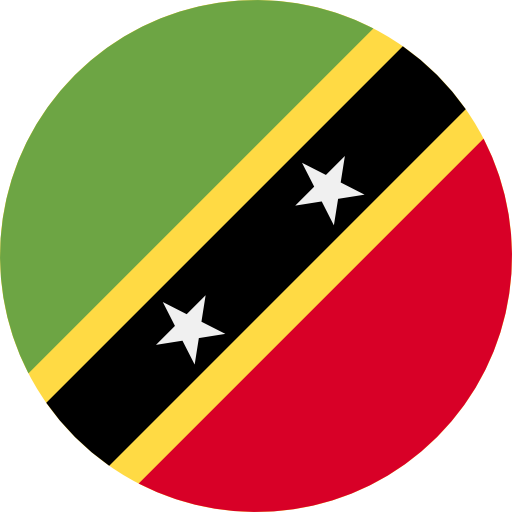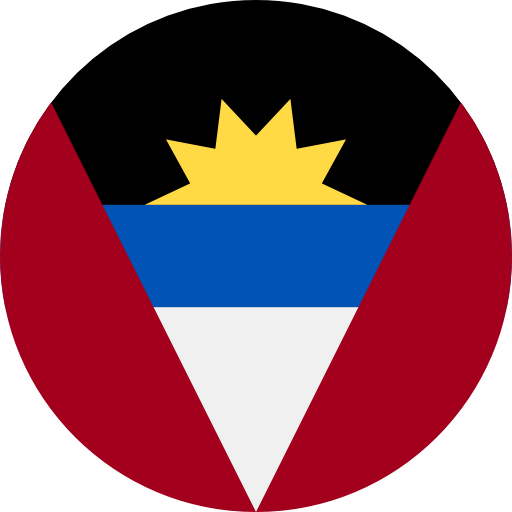Current time in Romeo, United States

Standard time. Clocks are moved back by one hour.
Romeo
Michigan,
United States 
3 620 people
Sunrise and Sunset times in RomeoTime zone: America/Detroit, UTC -5 h.
Latitude: 42.8049, Longitude: -83.0041
Romeo on United States map:
Locations in the same time zone America/Detroit
Detroit (Michigan), Grand Rapids (Michigan), Flint (Michigan), Ann Arbor (Michigan), Lansing (Michigan), Kalamazoo (Michigan), Muskegon (Michigan), Warren (Michigan), Sterling Heights (Michigan), South Lyon (Michigan), Saginaw (Michigan), Holland (Michigan), Dearborn (Michigan), Livonia (Michigan), Jackson (Michigan), Port Huron (Michigan), Troy (Michigan), Westland (Michigan), Farmington Hills (Michigan), Battle Creek (Michigan), Wyoming (Michigan), Rochester Hills (Michigan), Southfield (Michigan), Bay City (Michigan), Taylor (Michigan), Benton Harbor (Michigan), Pontiac (Michigan), Novi (Michigan), St. Clair Shores (Michigan), Midland (Michigan)
Largest populated areas in United States
New York (New York), Los Angeles (California), Chicago (Illinois), Miami (Florida), Dallas (Texas), Philadelphia (Pennsylvania), Houston (Texas), Washington (District of Columbia), Atlanta (Georgia), Boston (Massachusetts), Phoenix (Arizona), Seattle (Washington), San Francisco (California), Detroit (Michigan), San Diego (California), Minneapolis (Minnesota), Tampa (Florida), Denver (Colorado), Brooklyn (New York), Queens (New York), Baltimore (Maryland), Riverside (California), St. Louis (Missouri), Las Vegas (Nevada), Portland (Oregon), San Antonio (Texas), Sacramento (California), San Jose (California), Orlando (Florida), Cleveland (Ohio)
Countries closest to United States
*Calculation of distances from capital to capitalWhat Is UTC and How Time Zones Work
UTC (Coordinated Universal Time) is the international time standard used to synchronize clocks all over the world. It serves as the primary reference point from which all global time zones are calculated. Unlike local time, UTC does not change with daylight saving adjustments and remains constant throughout the year. It is used in aviation, navigation, satellite systems, telecommunications, and internet infrastructure — anywhere precise and unified time measurement is essential.
UTC is based on highly accurate atomic clocks, which ensure remarkable stability. However, since the Earth’s rotation is not perfectly uniform, occasional “leap seconds” are added to keep atomic time aligned with astronomical time. This balance between scientific precision and natural cycles makes UTC the most reliable foundation for global timekeeping.
The History of UTC
The UTC standard was introduced in 1960 by the International Telecommunication Union (ITU) and the International Bureau of Weights and Measures (BIPM). It emerged as a compromise between two earlier systems: TAI (International Atomic Time), which is extremely stable but detached from the Earth’s rotation, and UT1 (Universal Time), which reflects the planet’s actual rotational speed. By merging the consistency of atomic measurements with astronomical adjustments, UTC became a universal time standard accepted worldwide.
Differences Between Time Zones
Every region on Earth is defined by its offset relative to UTC. For example, Brussels operates at UTC+2, London at UTC+0, New York at UTC−5, and Los Angeles at UTC−8. In Asia, the range is much broader — from UTC+2 in Israel to UTC+12 in Kamchatka. Some countries use half-hour or even 45-minute offsets to better match local solar time, such as India (UTC+5:30) and Nepal (UTC+5:45). Across Europe, zones range from UTC−1 in Portugal to UTC+3 in Russia and Finland. Africa generally spans from UTC−1 to UTC+4, while Australia and Oceania operate between UTC+8 and UTC+12. In the Americas, time zones extend from UTC−2 to UTC−10, reflecting the vast longitudinal diversity of the continents.
The Importance of UTC in the Modern World
Understanding the UTC system is essential not only for scientists and developers but for anyone working across time zones. Accurate time synchronization affects online meetings, financial transactions, transportation schedules, and data exchange between countries. In today’s digital ecosystem, UTC has become the common language of computers, servers, and global networks, ensuring that operations remain synchronized regardless of geography.
In essence, Coordinated Universal Time forms the foundation of modern timekeeping. It allows humanity to function in a shared rhythm — aligning activities from satellites and laboratories to smartphones and city clocks around the world.
The page was generated in 0.02 sec.










